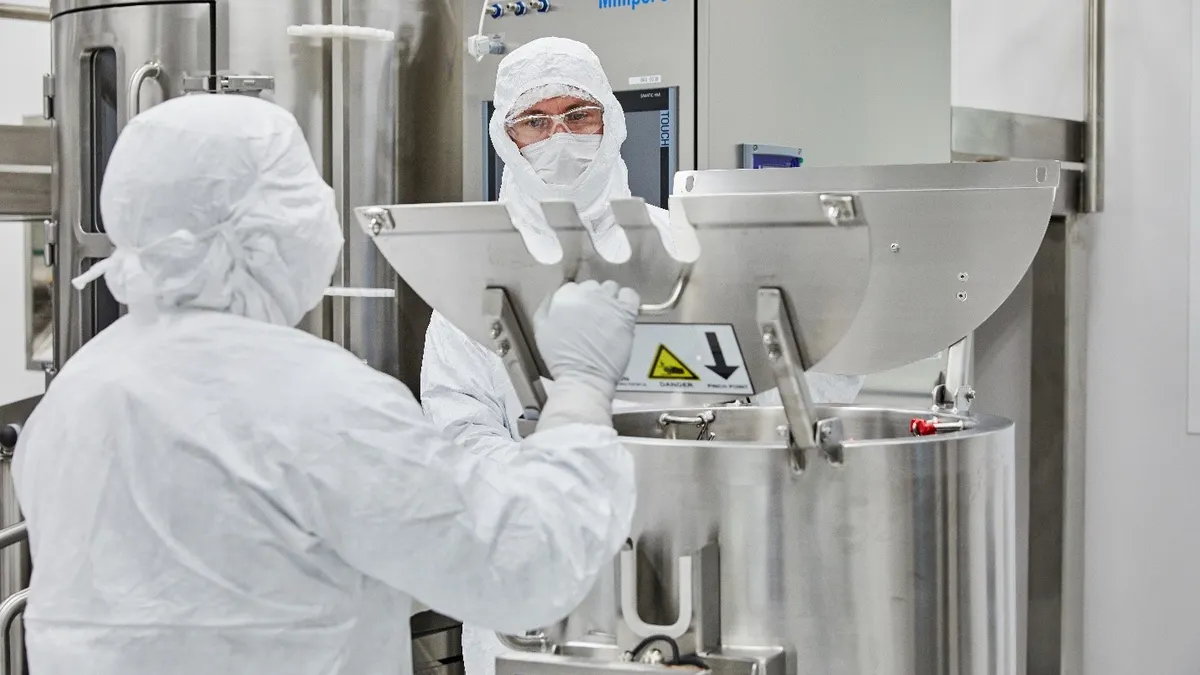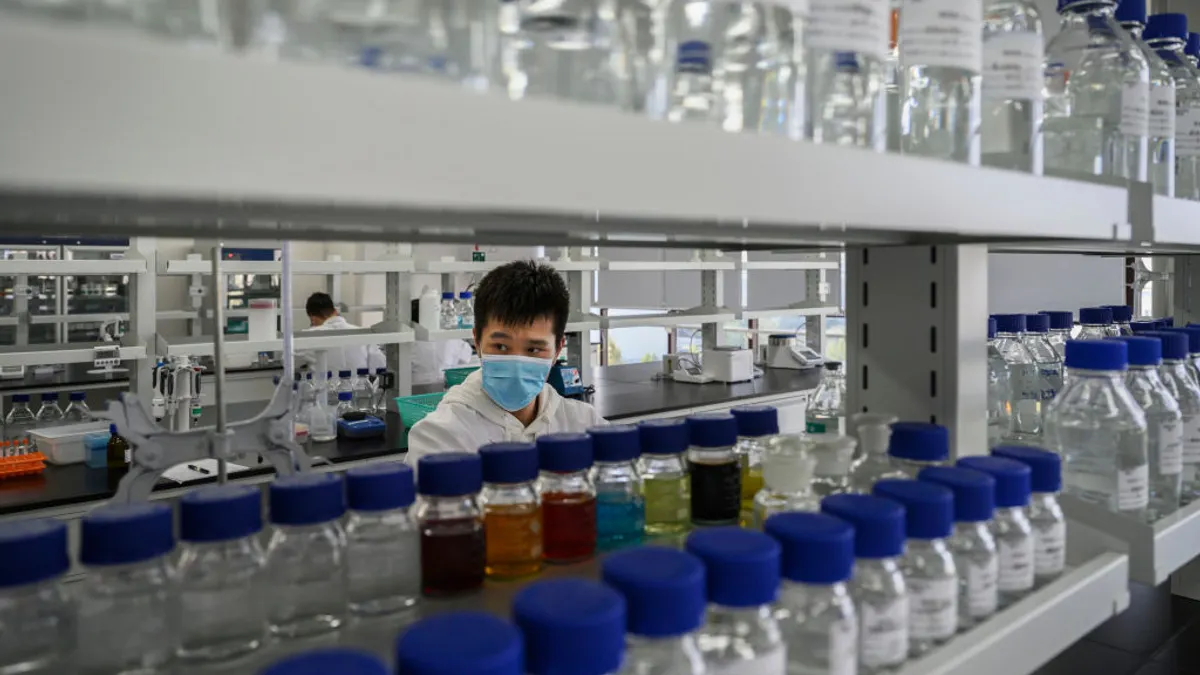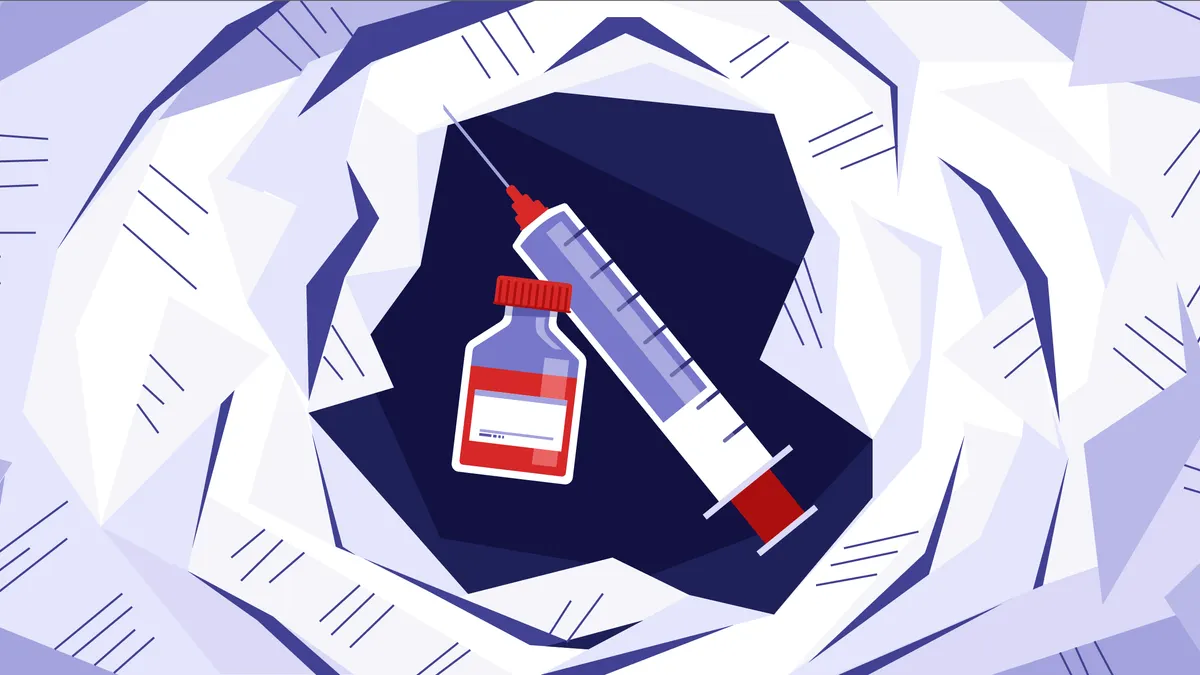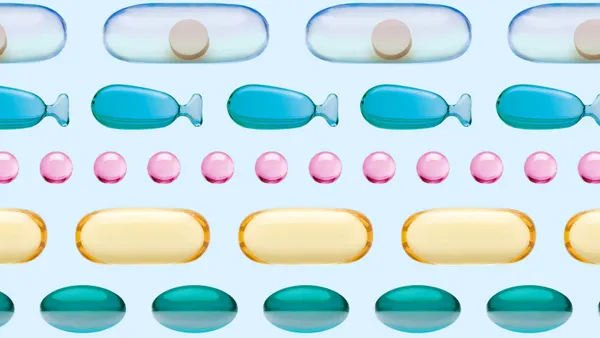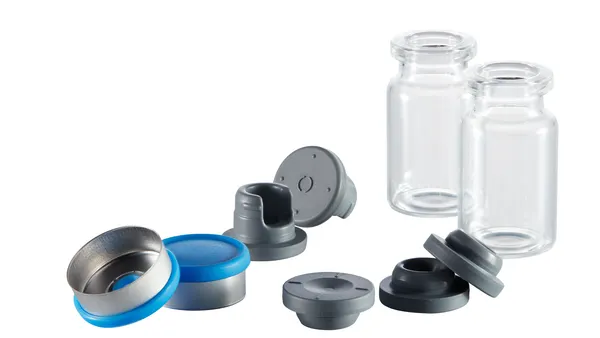When devising a development strategy for a new cell or gene therapy product, there are a spectrum of approaches for therapeutic innovators to consider. At one end – a hyper focus on timelines and cost, while sacrificing scalability and commercial readiness, and at the opposite end - a focus on mitigating all foreseeable risks and building out a true commercial process from the start, at the expense of speed and cost. Ideally, these approaches should meet in the middle, says Stephanie Hallberg, who is manager of Process Science and Validation with MilliporeSigma’s viral vector CDMO. “Being proactive and agile in your development plan is key,” she says. “This helps sustain a balance between phase-appropriate needs and commercial readiness.”
Since the first gene therapy product was approved by the FDA in 2017, the industry has seen a massive surge in interest and growth. In April of 2024, ClinicalTrials.gov listed more than 1,000 active trials involving gene therapies and more than 2,400 that were recruiting. According to the American Society of Gene & Cell Therapy, more than 4,000 gene, cell and RNA therapies are in development globally. Hallberg says that too often, cell and gene therapy innovators focus on one process at a time, and that can lead to delays as their therapeutics move through clinical to commercial manufacturing.
“We see many earlier stage innovators principally focused on clinical development and the clinical pathway, without fully considering the product and process development pathway,” says Hallberg. “If you’re not proactively planning your final commercial product requirements and process from the beginning, it is important to understand that you’ll likely need to rework some of the process in order to address any gaps. And that is going to take additional time and resources.”
To reduce delays due to rework, partnering with a CDMO that can help navigate the balance between phase-appropriate needs and commercial readiness is important. Hallberg shared the following recommendations to keep in mind during preclinical and clinical development. These four steps could help minimize potential gaps as you move through drug development towards a commercialized product.
1. Leverage a CDMO’s platform and its experts’ knowledge.
While new gene therapy products may entail some novel approaches, you don’t have to reinvent the wheel in your development process. Rather, Hallberg says it’s helpful to make use of existing processes, data, and subject matter expert knowledge, which can minimize the amount of additional process development work needed. “For example, MilliporeSigma offers a well-characterized lentiviral vector platform process, so our experts already understand the design spaces we can manipulate to reach successful clinical and commercial outcomes,” she says. “Utilizing a platform provides a robust starting point for your process, rather than starting from scratch.”
2. Take a risk-based approach.
While you’re never going to be able to eliminate all risks, preemptively identifying them can help in the long term. A risk assessment at each stage of the development cycle can be used to recognize and evaluate each risk. This will be very important as your therapeutic moves through clinical development towards commercialization, in order to get the proper approvals, says Hallberg. “One of the expectations of regulatory agencies is that you consider, document, and address the highest risks to show that you’re bringing them into an acceptable range as you progress through the life cycle,” she says.
3. Establish a reliable supply chain and stabilize the sourcing of critical raw materials.
During process development, identifying critical raw materials early on helps assure you’ll have the right materials at the right amounts at the right time as your product moves into clinical manufacturing and beyond. “You need to ensure that you can stabilize your sourcing of those critical raw materials, and that your secured supply chain can provide those resources and knows how to meet your exact needs,” says Hallberg.
4. Utilize phase-appropriate analytical methods and validation.
Analytical method validation is determined based on the method and your current phase of development. In earlier phases, methods should be qualified, but don’t necessarily need to be validated. “An optimized analytical approach ensures that as the process is optimized, it is meeting the performance and product quality needs at each phase,” says Hallberg. “It is critical to have analytical methods that not only support clinical development, but also meet industry standards for commercialization. As ultimately, this data is the foundation for your product’s potency, purity, and patient safety.”
When developing a development plan for a new cell or gene therapy, there are many time-sensitive steps and processes to consider. Working with a trusted partner can be incredibly helpful, says Hallberg. “Viral vector CDMOs have specialized knowledge, established processes for each vector, and experienced scientists and manufacturing experts. When coupled with a proven regulatory track record, a CDMO provides a true benefit for innovators who may underestimate the complexities of manufacturing cell and gene therapies,” she says.
In fact, MilliporeSigma has been manufacturing viral vectors for 30 years, including those found in four commercially available gene therapies.
Through that experience, Hallberg says that the MilliporeSigma viral vector team has unlocked unique insights and workflows that can guide innovators through steps they might not even realize they needed to take. “I like to say we know what you don’t know you need to know,” she says.
Learn more about MilliporeSigma’s viral vector CDMO services.
MilliporeSigma is the U.S. and Canada Life Science business of Merck KGaA, Darmstadt, Germany.

